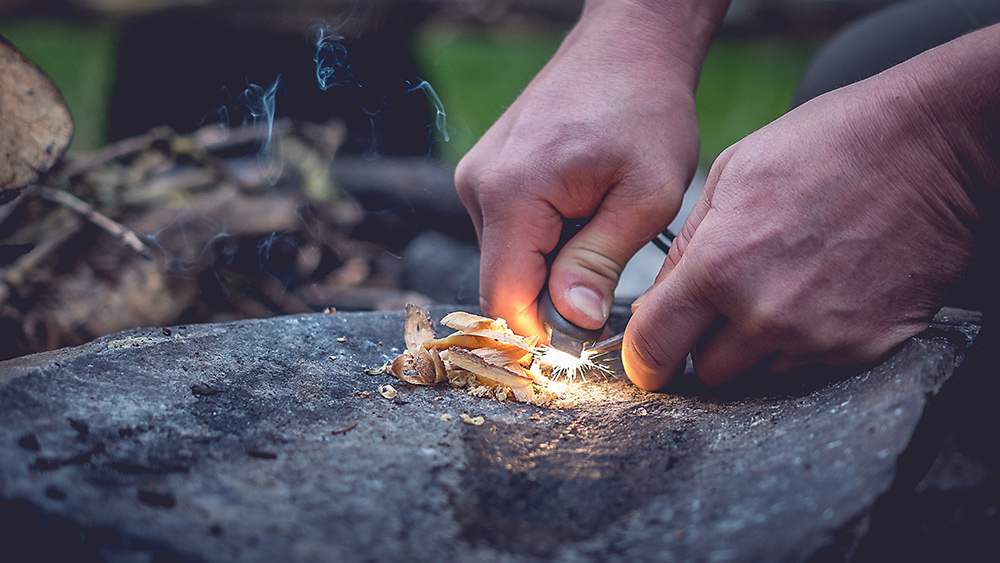
Nearly all of the body’s major systems rely on water to function and survive. In fact, a person can survive for up to 21 days without food but only three days without water.
It’s not at all unusual for people to get stranded in or with their cars, such as during a snowstorm or when their car breaks down. In these cases, having potable water in the car can keep you hydrated.
But while most people focus on keeping emergency water stores at home, few realize the importance of keeping a modest stockpile in the car. Aside from getting you out of a pickle, having water stored in your car can also save you money in cases where you weren’t anticipating the price of potable water.
However, storing water in a car isn’t as easy as it sounds. Many factors, such as the temperature outside and the type of storage containers used, should be considered to avoid possible health hazards.
This guide will tell you everything you need to know about storing water in your car.
Choosing the right water container for car storage
The type of container used for storing water can impact how long water stays potable when kept in a car. Below are your options for storing water:
- Plastic bottles – Water itself doesn't go bad, but plastic bottles can. Heat and ultraviolet light can speed up the plastic degradation process. So cheap plastic bottles may last only a maximum of three months inside a car in the summer before they start to leak. Water stored in plastic bottles might also taste musty and gross after a while because some bottles are permeable to gas. (Related: Here’s why you should NEVER reuse your plastic water bottles.)
- Plastic containers and canisters – Unlike cheap and flimsy plastic bottles, plastic canisters are made to last a lifetime. The plastic is still porous, so the water will eventually start to taste and smell bad. The only downside to these containers is their size. It is also difficult to pour water from these containers.
- Glass bottles and containers – Containers made from gas don't smell. But they may be too fragile for the road. They are also tricky to defrost.
- Bagged water – Emergency supply stores carry water packets made to last for years. They can also withstand temperature fluctuations and are easy to carry. However, they can be expensive.
- Stainless steel containers – Stainless steel bottles don't degrade, so water will never taste musty. These containers also don't smell. Plus, they come with leakproof lids. But these can be expensive as well.
- Canned water – Canned water is a good alternative to plastic containers. They can withstand high temperatures without degrading. However, canned water can taste slightly metallic.
Storing water in the car during cold weather
In cold weather, water stores in the car can freeze, which renders them unusable. To avoid this, store water in a cooler in the trunk or keep insulated bottles inside the car. Water also expands when frozen, so don’t fill containers to the brim. Allowing room for water to expand prevents the container from exploding.
If your water stores have frozen up, you can melt them with candle stove-heaters or a camping stove and pot. If possible, put the containers on the engine hood while it’s still warm. Take care not to melt the container.
Storing water in the car in hot temperatures
The car’s interior surfaces absorb heat and light from the sun, making the inside hotter than it is outside. If you have plastic water bottles inside the car, take them out. Put them in an insulated cooler and store that in the trunk. This prevents the bottles from degrading and leaking water. If you have the means to, invest in a stainless-steel container or a high-quality glass one. These can withstand hot temperatures better.
Other tips for storing water in the car
Here are other things you should consider when storing water in your car:
- You can store water bottles under the seat or in the glove box if the containers have a reliable seal.
- Rotate water stores every three to six months. This keeps water from going stale or musty.
- Invest in an insulated cooler. This protects water stores whether in hot or cold temperatures.
- Keep water stores away from car fluids. Water can absorb unpleasant odors from gasoline, antifreeze, coolants and other fluids you may have in the trunk.
- Stock up on small and large containers. Small containers are convenient, but large containers allow you to store more water.
- Pack a funnel. This makes it easier to pour water from large containers into small ones.
Go to Preparedness.news to learn more about creating and maintaining water stockpiles.
Sources include:
Please contact us for more information.





















